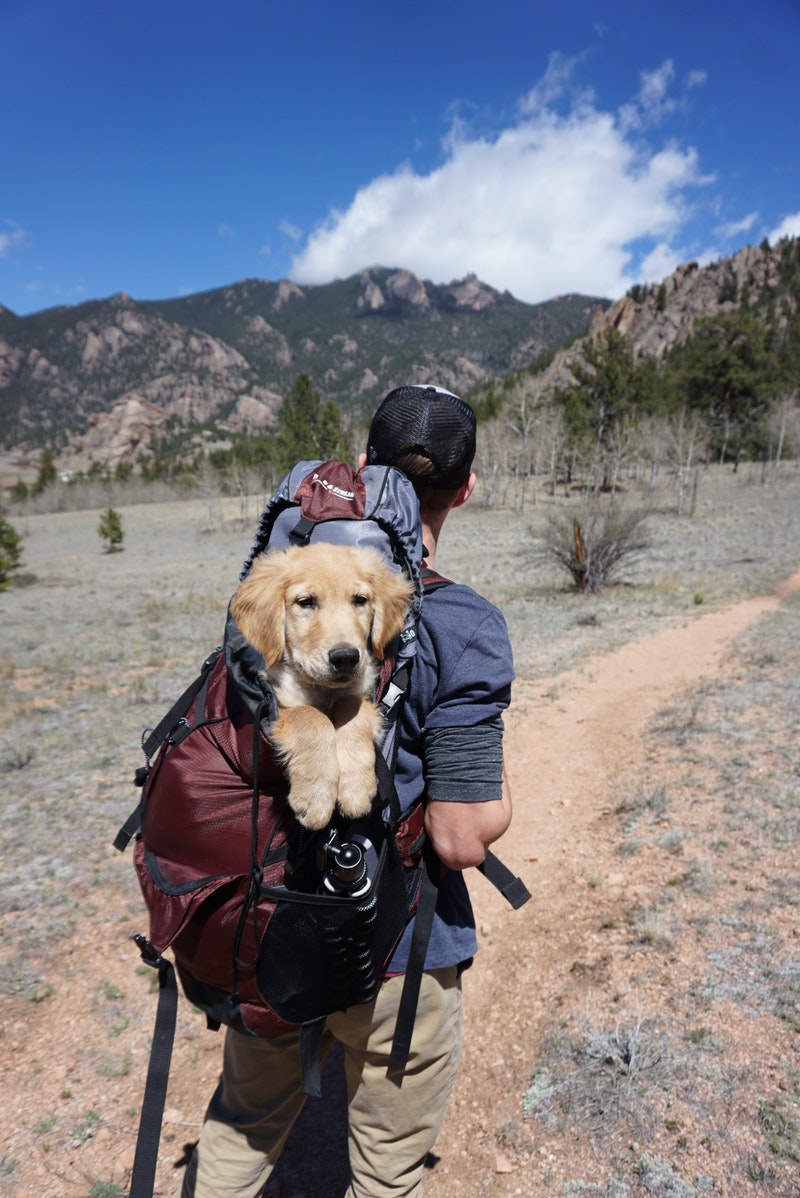Keeping pets is now very common. People that own pets will inform you that making travel plans involves deciding whether to bring your pet with you or leave them under the care of an animal boarding facility. Whether you’re traveling by car, air, train, or foot, carefully think about your pet’s needs and carefully check the choices available, and plan as necessary. You should always think about your pet’s health, security, and alternatives when deciding whether to take your pet or leave them home with a sitter.
Tips About Travelling With Pets
Many pet owners grow so keen on their pets that they want to take a trip with them anywhere rather than leave them behind. Therefore, planning for a pet-friendly trip is necessary. This post gives you a pet travel tips list for this planning.
1. Identification Tags
Pets can not identify themselves. Therefore, no matter the mode of travel selected, it’s essential to tag your pet with correct identification before heading out. This would help guarantee your pet finds its way back to you if you get separated. It also helps avoid confusion between owners in cases where two pets could resemble each other.
2. Permanent Identification
The wise say, you can never be too cautious. Therefore, other than tagging your pet with the necessary identification tags, it’s advised for you to fit them with a permanent mode of identification, such as a microchip. This would also help track your pet if they wander off or you get separated.
3. Train Them
While still young, you should train your pet because pets take a while to fully understand commands and expected behavior. You must teach them to stay calm during the trip and properly react to commands. A reward system is highly suggested as it helps the lessons learned stick more. If you have many pets, you must train them one by one.
4. Secure Your Pet
After teaching the pet, most people assume it’s harmless to let them roam around the car/plane throughout traveling. However, this is wrong. Just like people, pets can get hurt when the vessel of travel assumes a sudden movement or in the case of an accident. Therefore it’s recommended to crate the pet to keep them protected.
5. Carry a First Aid Kit
We never know if or when accidents may occur. The best way to counter this is to be prepared if they happen. Pet owners are suggested to carry a pet first-aid kit with plasters, gauze, and hydrogen peroxide if vomiting is needed. You should always follow the steps given by a professional first before personally treating your pet from suspected exposure to toxins.
6. Be Extra Cautious
Regardless of how exactly you know your pet, you can never know how they respond to new stimuli. Your cat, for example, may choose to seek refuge in between your legs while driving after hearing a loud noise like a vehicle honking. Unfortunately, this can cause a casualty, and therefore it’s strongly recommended that you keep your pet safe at all times during the trip.
7. Handling a Pet Throughout Air Travel
Many airlines will let you bring your pet in the airplane’s cabin only if the pet fits in the pet carrier. Also, it’s a requirement that the pet’s size enables it to stand and move in the carrier. You’ll also be needed to pack a few essentials for the pet, like a poop bag, a water bottle, a retractable bowl, a current picture of the dog, and a chain.
Conclusion
The above tips mostly focus on the protection and wellness of your pet during travel. Therefore preliminary safety precautions, like making sure your pet should be in a good physical condition to travel, are observed. It’s also important to ensure that the travel location is free from animal illnesses such as rabies. Following the above guidelines makes taking a trip with pets less hassle and a convenient experience.
For more detailed manuals and advice about this topic, please see NS News And Trends.



